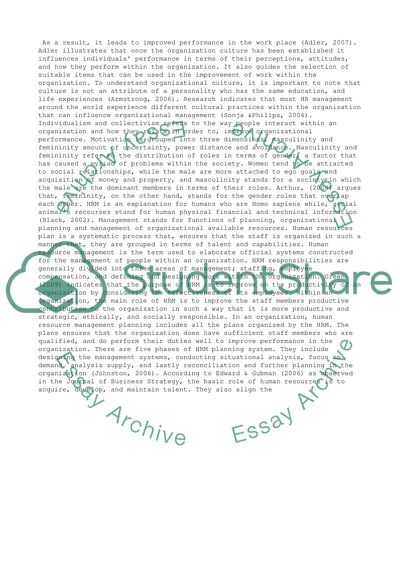Cite this document
(“Thrift's Notion of Fast Subjectivity Essay Example | Topics and Well Written Essays - 2500 words”, n.d.)
Retrieved from https://studentshare.org/management/1441751-using
Retrieved from https://studentshare.org/management/1441751-using
(Thrift'S Notion of Fast Subjectivity Essay Example | Topics and Well Written Essays - 2500 Words)
https://studentshare.org/management/1441751-using.
https://studentshare.org/management/1441751-using.
“Thrift'S Notion of Fast Subjectivity Essay Example | Topics and Well Written Essays - 2500 Words”, n.d. https://studentshare.org/management/1441751-using.


